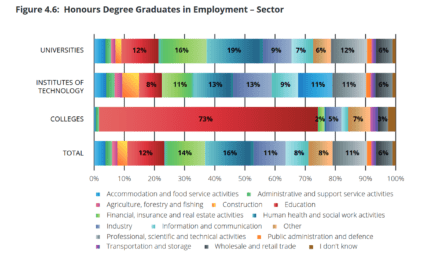I envy David Chase doing only thirteen episodes a season. I won’t insult him to suggest that’s a luxury because I know how hard he must work, but I think I would do very different episodes of Touched by an Angel if I had the same amount to do thirteen episodes instead of twenty six.
Martha Williamson (quoted in Longworth 2002: 67)
Back in the last decade (2004 I believe) Mark Lawson had me as a guest on the BBC’s Front Row, where we continued a conversation that had begun at the Contemporary American Quality Television international conference at Trinity College, Dublin about the radical differences between small-screen British series and American seasons. (I want to address the variance in names in a future Telegenic.)
Motivated by the need to attract eyeballs to see advertisements, new episodes of shows—often as many as thirty six a year—were churned out by the highly commercial American TV industry in earlier decades. In the UK, while soaps like EastEnders (over 4,000 episodes) and Coronation Street (over 7800!) and some classic series—Dr. Who (784), Last of the Summer Wine (295), Only Fools and Horses (64)—had long (or at least longish) runs, others were shockingly short. Fawlty Towers, for example, gave us only 12 episodes and the then-recently-concluded The Office 14. When Mark and I spoke, we didn’t know that there would be an American version of the Gervais-Merchant masterpiece which would run for over 170 episodes, a difference which would certainly have attracted our attention. Nor had we yet seen the short-lived Life on Mars, which gave us only two “series” and 16 episodes, nor did we yet know that, unsurprisingly, the god-awful American remake would encompass 17 episodes—even though it was cancelled before the end of its first season.1
At the end of the decade a column by Brian Lowry in Variety entitled “A Creative Cure for TV: Less is More” would naturally catch my eye. “With change having come to America”—the essay appeared soon after Obama’s inauguration as President of the United States—Lowry insisted that the time was ripe for that change to spread to American television, which might be better served by thinking like the British, who offer shorter runs of more complex serialized programs (or if you prefer, programmes). In terms of a dramatic formula, think, “Tastes great, more filling.” Although the TV business once revolved around the race to reach 100 episodes in five years—promising untold syndicated riches—both business and creative considerations in key areas indicate a shift away from that model.
I filed the notion away for future reference in that corner of my mind that monitors American television. Now, in 2012, the change has definitely come.
The HBO model that made Touched by an Angel showrunner Martha Williamson envious a decade ago (see the epigraph above) has become common. Series like The Sopranos inspired rank jealousy in the broadcast network suits who felt their nudity / profanity / extreme violence-free playing field was anything but level with that on which the premium channels played, but few joined Williamson in singling out the respective length of seasons as the defining difference.
The basic cable channels, however, were definitely taking notice as they produced one worthy, wildly various, show after another: FX’s The Shield, Rescue Me, Justified, Damages and Sons of Anarchy, AMC’s Mad Men, Breaking Bad, and The Walking Dead, Sci-Fi/SyFy’s Battlestar Galactica, some of which proved to be among television’s greatest-ever but all of which had in common season lengths—customarily thirteen episodes—more British than American.
The CSIs and NCISs, The Big Bang Theories and Modern Families, The Desperate Housewives and Grey’s Anatomys would continue, for the time being, turning out the usual number of episodes (customarily 22), but the times, and the lengths of seasons, are a-changin’.
The evolution in this multi-platform/convergence culture continues apace. Two of the highest profile Fall 2011 American series—Fox’s Terra Nova and FX’s American Horror Story would end their season before 2012 arrived—after 13 and 12 episodes respectively.
Not to be outdone, the British series continues to morph as well. Steven Moffat and Mark Gatiss’s exquisite Sherlock has just concluded its second, three episode season. What’s up with that?
David Lavery is the author of over one hundred and twenty published essays and reviews and author/co-author/editor/co-editor of twenty books published or under contract. He is also the organizer of international conferences on Buffy the Vampire Slayer, The Sopranos, and Lost, a co-founding editor of the journals Slayage: The Online International Journal of Buffy Studies and Critical Studies in Television, he has lectured around the world on the subject of television (Australia, Turkey, the UK, Portugal, New Zealand, Ireland, Germany) and has been a guest/source for the BBC, NPR, the Australian Broadcasting Corporation, The New York Times, A Folha de Sao Paulo (Brazil), Publica (Portugal), The Toronto Star, USA Today. To learn more about him, visit his home page. His C.V (in PDF) is also available.
1 See my essay “The Emigration of Life on Mars: Sam and Gene Do America” (in Life on Mars: From Manchester to New York, ed. Steve Lacey and Ruth McElroy, forthcoming from the University of Chicago Press, 2012). ↩





